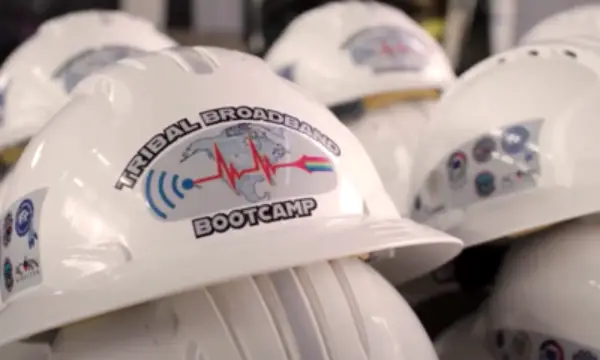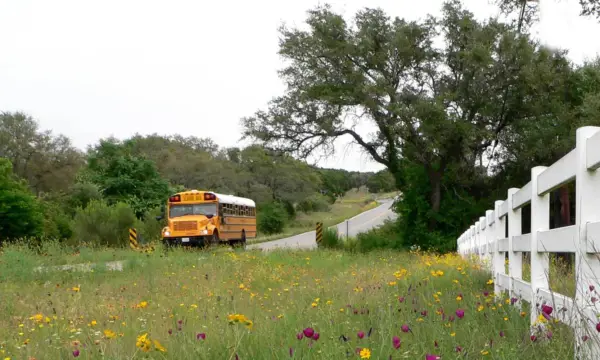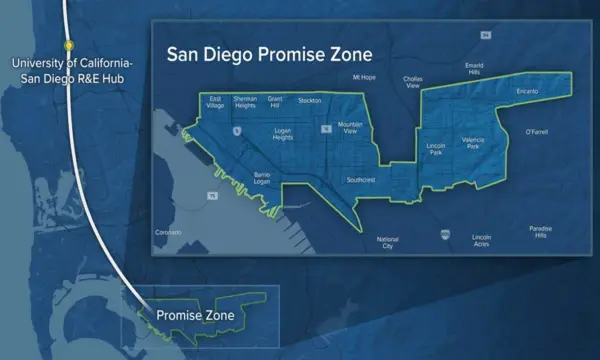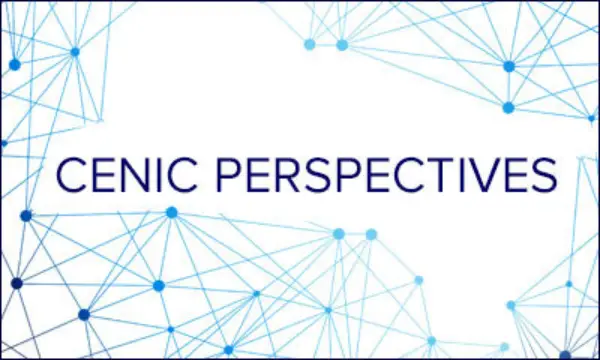- About
- Network
- Community
- Initiatives
- News
- Events
- Blog
- Publications
Blog: Category Archives: Equity & Access
Wireless on the Edge: Connecting Hard-to-Serve Areas
Categories K-12 Libraries Private Sector Equity & Access GOLDENSTATENET Tribal
Hard-to-reach areas may require wireless edge networks to connect to a middle-mile backbone. Tradeoffs in frequency, license status, and power can make it challenging to determine the best solution.
California’s Landmark “Internet for All Initiative” featuring CENIC’s Key Role Launches Marconi Society Webinar Series
Categories Equity & Access
Through its webinar series “A National Inflection Point: The Intersection of Research & Education Networks and Sustainable Digital Equity Initiatives”, the Marconi Society will feature state initiatives underway to share creative approaches to solving predictable challenges with extending R&E infrastructure beyond its legacy community of educational institutions.
Engaging the Minds We Need
Innovation frequently happens in the liminal spaces between disciplines, where different perspectives collaborate and create new insights into seemingly intractable problems, some of the most pressing of which are global climate change, economic development, and public health. But what happens when millions of vitally needed imaginations and perspectives – these minds – have no access to the cyberinfrastructure that makes global collaboration possible?
Tribal Broadband Connectivity: Obstacles, Opportunities, Optimism
Categories Equity & Access Tribal
At CENIC’s 2022 Annual Conference, Tribal telecommunications experts Matthew “Speygee” Douglas, Linnea Jackson, and Matt Rantanen shed light on a few of the stubborn obstacles to Tribal broadband deployments – what they are and how they complicate Tribal broadband deployments in California – and how progress has been made in the face of them. They also reminded attendees that these challenges may take on different aspects for the 574 federally recognized Tribes throughout the US.
Old Problems Need New Solutions: Digital Equity in California
Categories Equity & Access
To solve problems that have never been solved, we must do things that have never been done. In a nutshell, this was the message shared by California leaders in economic development, higher education, policy, and infrastructure during the “Digital Equity in California” panel at CENIC’s 2022 Conference that took place this September in Monterey, CA.
The Broadband Infrastructure Grant (BIG) Identifies and Connects Schools to CalREN
Categories K-12 Equity & Access
The Broadband Infrastructure Grant (BIG) Identifies and Connects Schools to CalREN
The San Diego Promise Zone: Connecting Potential with Promise
Categories University of California Equity & Access
The San Diego Promise Zone: Connecting Potential with Promise When parts of San Diego became one of the twenty-two federally designated Promise Zones in the U.S., the community came together in creative ways to improve the quality of life for all Zone residents. The focus of the initiative is to increase access to everything from affordable housing to jobs, safe environments, educational opportunities, healthcare, and economic activity.
Val Verde School District Broadband Network Provides Case Study for Closing the Digital Divide
Categories K-12 Equity & Access
A public-private partnership to provide internet connectivity for residents in the Val Verde Unified School District (USD) serves as a model case study for broadband deployment to hard-to-reach populations.
CENIC Perspectives: Hybrid Approach to Last-Mile Connectivity Should Include Wireless
As we are entering a moment where decisions are being made about state and federal broadband resources, policymakers should focus on standards for what constitutes broadband rather than the specific technology chosen for last-mile infrastructure.
The Minds We Need: Federal Broadband Investment Should Include Research and Education Infrastructure
Categories RENS & NRENS Equity & Access CENIC Perspectives
Tags The Minds We Need
As the federal government considers a major investment in broadband, members of the research and education community, including CENIC, Internet2, The Quilt, and EDUCAUSE, came together this spring to support and publish The Minds We Need.









